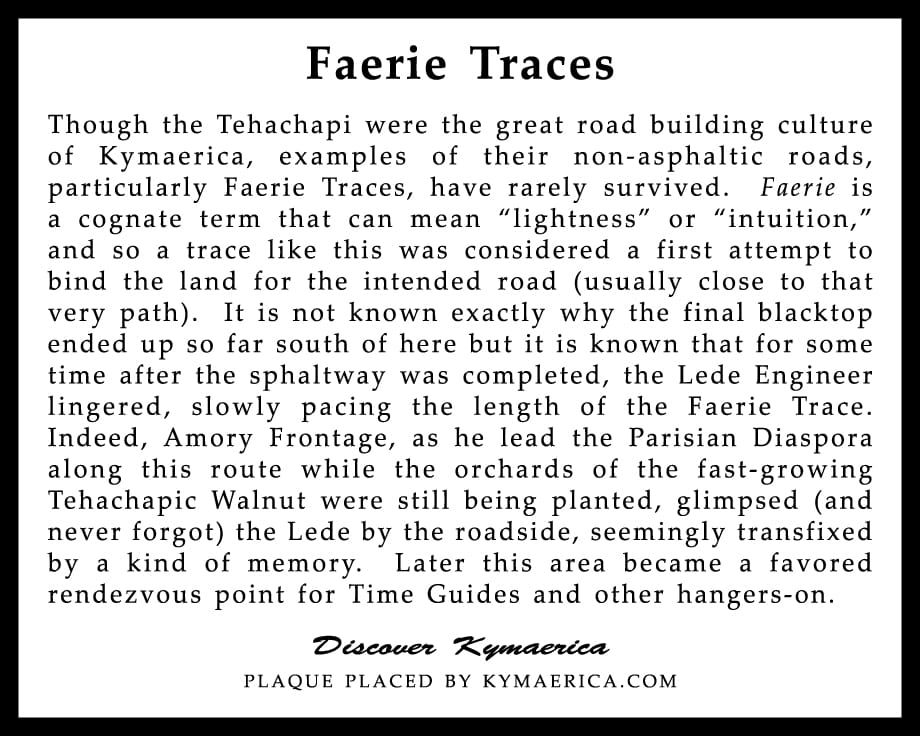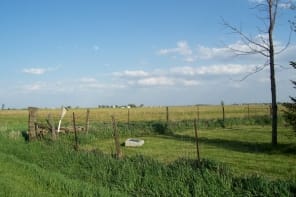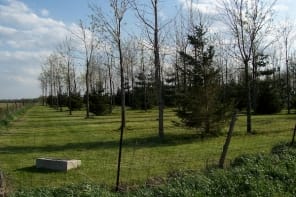Overview
Concerns an early Tehachapi Road. In fact it is a rare example of the non-asphaltic roads they used to “bind” the lands with their intuitive assessment. Not far from Embassy Row–which makes perfect sense, since this where Amory Frontage paused before travelling a bit further to found that Paris.
And what is really wonderful is that a small fragment of that Faerie Trace remains and we have a plaque that honors that. It is nested quite near a stand of Tehachapic Walnut—this is a particularly fast growing strain, some say crossed with Eucalyptus, but genetic studies have not born that out. Such stands were once a common site along roadsides everywhere. The wood was not used for the actual laying of the road, but for the precision tools the Tehachapi would craft from it.
Because it was unusual for a Lede Engineer to ignore a Faerie Trace in laying the final sphaltway, speculation has been rife as to why that happened in this case. The historical record is thin, but we have the story from Amory Frontage that as he brought his caravan of Parisians down the road from the Wabash crossing, that he saw the Lede Engineer with a kind of frozen, mystical look on his face. Anyone familiar with the Tehachapi, as Frontage surely was, would have been stunned. The Tehachapi had reputation as purely analytical people whose intuition and creativity were expressed solely through their roadwork. Frontage also claimed that if he didn’t know any better, he would have said the Lede was in love. Again, given the rigorous courtship rituals (like the famous straving of the vine and others), where pairing was the direct result of one’s prowess (or lack thereof) in one of the many sports that took place on the asphalt, romance and wistfulness were virtually absent from Tehachapic culture.
In fact, a significant scholarship has developed that Amory Frontage was at best mistaken and probably deliberately lying in order to hide his knowledge of a community of time guides and time grwosts that already lived there because of its proximity to the gwomal border. There is much oral history that a particularly treacherous caphelini, or time seam was there. That evidence is fairly circumstantial, but not impossible given Frontage’s rumoured special connections with the time guides. Regardless of all that, when you are there, you will know that there is something special about this place.
Access
Address: Durkee Ferry Trace, about 1/2 mile west of Blackburn Cemetery (which is about 5 miles East of Paris, Illinois).
Just off Route 150, a few miles east of Paris.
Obviously, it is actually on a road called Durkee’s Ferry Trace. Park carefully and you will see it in a linear walnut orchard.
Public Dedication
There was a 6-piece brass band and we were led by the Sheriff from Embassy Row to this plaque installation.
This was Kcymaerxthaere installation #020 and the nineteenth in what we call the United States.
Text of the Marker
The part of the story installed here:
Faerie Traces
Though the Tehachapi were the great road building culture of Kymaerica, examples of their non-asphaltic roads, particularly Faerie Traces, have rarely survived. Faerie is a cognate term that can mean “lightness” or “intuition,” and so a trace like this was considered a first attempt to bind the land for the intended road (usually close to that very path). It is not known exactly why the final blacktop ended up so far south of here but it is known that for some time after the sphaltway was completed, the Lede Engineer lingered, slowly pacing the length of the Faerie Trace. Indeed, Amory Frontage, as he lead the Parisian Diaspora along this route while the orchards of the fast-growing Tehachapic Walnut were still being planted, glimpsed (and never forgot) the Lede by the roadside, seemingly transfixed by a kind of memory. Later this area became a favored rendezvous point for Time Guides and other hangers-on.

Gallery
Related Stories
Amory Frontage and his line
- Embassy Row: Heart of the Parisian Diaspora
- Faerie Traces
- Waiting for the Grwost
- Grwostlaven
- Kulver Glade
- Jumomeesta (The Monolith)
- Fort Tayla
- Krblin Jihn Kabin







